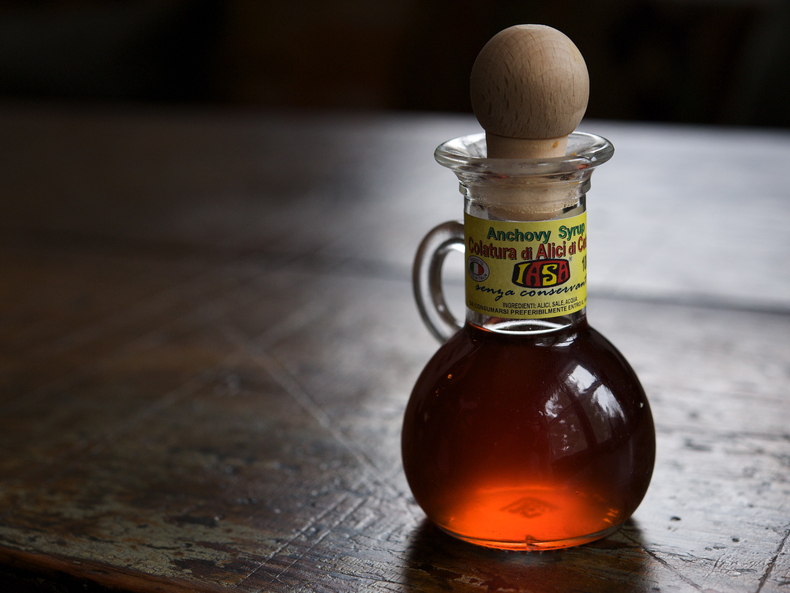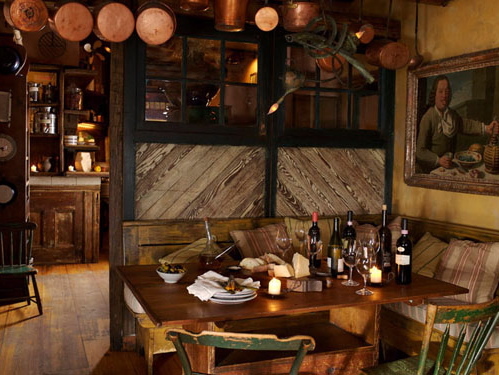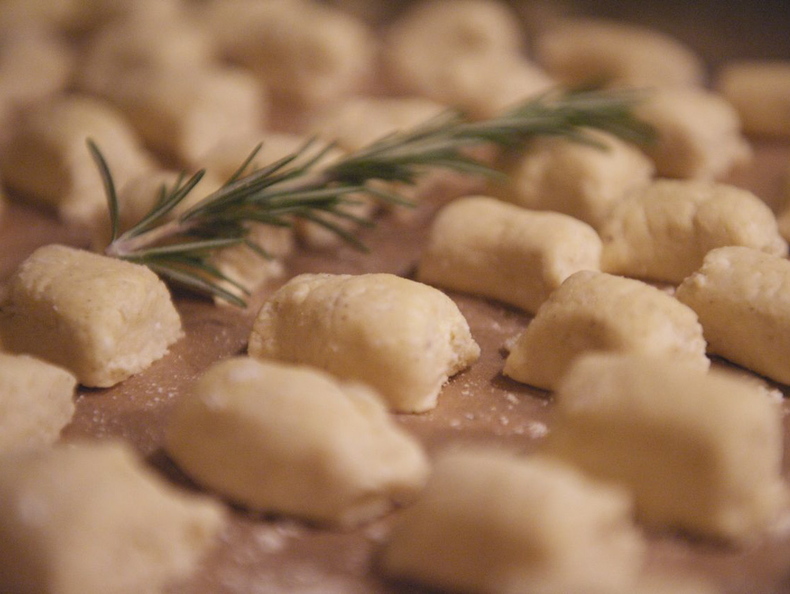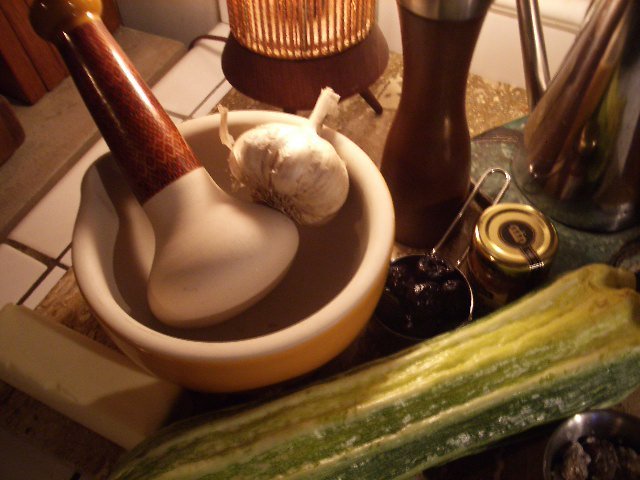I never met her, nor dined at her restaurant, but I could tell from her food, and the joie de vivre that radiated from her face, that Rose Gray was a glutton for life. We lost another great one to cancer today. She was only 71. Co-owner and co-chef of London’s River Café, opened in 1987 in a converted warehouse on the Thames, she was a self-taught cook who fell in love with the cucina rustica of Northern Italy while living in Lucca. After her friend Nell Campbell invited her to run the kitchen at Nell’s, a New York hot spot in the 80s, Ms. Gray caught the bug and decided to open her own place, along with her friend Ruth Rogers (seen above), another self-taught chef.In honor of this great lady, I include here one of her pristine recipes, a classic Sicilian pasta dish comprised of just a few ingredients. It was in simplicity that she found much of the pleasure and excitement in cooking. I hope you will, too. Eat well and raise a glass to Rose.
Read More...
Twitter @glutton4life
2.18.10 Something Fishy
Have you discovered colatura di alici, an amber elixir of anchovy made around Italy's Amalfi coast for the last 2,000 years? Slow Food International has officially declared it a "protected" ingredient. (I ordered my first bottle online here.) When anchovies are salted for curing, they’re layered in wooden barrels, then pressed and weighted down. From small holes in the barrels drips this salty, funky syrup—thus the word colatura, from colare, “to drip” in Italian. Somehow, although more concentrated, it’s a bit less overtly fishy than anchovies. And it’s not quite as rank or muddy (or old gym sock-y) as Asian fish sauce—an essential pantry item, by the way. It's the modern version of garum, a fermented fish liquid (sometimes made from just their blood and guts) that was a sort of salt substitute in ancient Rome. The process was so smelly that production was apparently limited to outside the city walls!
Read More...
Read More...
2.12.10 Bucolic Dining
Bond Street is no longer the tucked-away, cobblestoned street of artists' studios it once was. The arrival of Herzog & de Meuron’s overwrought luxury residences and a slew of expensive boutiques signaled a definitive transformation. But it still retains its charm, in no small part because of Il Buco. What began in 1994 as a little antiques shop is now this wonderful Italian restaurant where candelight bounces off rows of hanging copper pots, illuminating dark paintings and the smiles of sated guests. Rustic wooden tables and cozy banquettes make for leisurely dining. The place attracts a nice crowd of locals and regulars that creates a buzzy but not pretentious scene. The eclectic menu is Italian-inflected, with a nod to Spain’s tapas-style grazing. I have found the food to be uniformly delicious. And although it’s hard to make the meal the main focus when you’re surrounded by a gorgeous gaggle of old friends who rarely come together now—sharing stories and secrets and laughs at full volume—it’s also impossible not to stop and savor Il Buco’s inventive flavors. I always look forward to the bread—chewy, yeasty and crusty. Its peerless accompaniments of peppery Umbrian olive oil, Sicilian sea salt and balsamic vinegar from Modena are from Il Buco’s own brand and are available for sale in the restaurant and here.
Read More...
Read More...
12.28.09 Take Your Lumps
Gnocchi means "lumps" in Italian. Not an especially glamorous name, and one that doesn't seem to fit something so ethereal in texture. This traditional Italian dish has been around for a couple of thousand years at least, spread through Europe by the Roman Legions and made according to whatever was at hand: potatoes, wheat flour, semolina, bread crumbs, ricotta. The French even make a version with choux pastry, but that's neither here nor there. I make mine with a delicious sheep's-milk ricotta and serve them with brown butter and a light sprinkling of smoked sea salt and tangy tomato powder. I suspect they may suffer slightly from the addition of gluten-free flour. They were perhaps not as light and springy as they will be for you, using unbleached all-purpose flour. Next time, I may try gnudi instead, as they call for even less flour (but also require that you drain the cheese and refrigerate the dough at several points), or perhaps just pair the gnocchi with a heartier sauce (roasted tomato? porcini?) that can stand up to the slightly denser texture.
Read More...
Read More...
11.7.09 Grindhouse
You can really connect with your inner cave woman when using a mortar and pestle. Or maybe it will take you back to Baba Yaga, that terrifying witch of childhood fables who flew around in a mortar, using her pestle as a rudder. There's something very primal about them, although you can see that the one I have, above, is pretty civilized. I also have a deeper one made of something very hard (cement?) that I use for making papaya salad Thai-style, and a small wooden one I use for crushing herbs. Real pesto aficionados always rely on a mortar and pestle.
Read More...
Read More...












